This year, airBaltic became the world’s first airline to issue limited collector non-fungible tokens (NFTs). The first artwork showcased an individual Airbus aircraft with its registration as well as one of the most beloved Latvian cities – Kuldīga. The second featured the picturesque Medieval town of Cēsis, the third – the most beautiful lake town in Latvia – Alūksne and the fourth – authentic seaside getaway – Liepāja, the fifth – small and charming town in the Zemgale region – Bauska and the sixth – one of the most picturesque towns in autumn – Sigulda. All of the NFTs are placed in Metaverse 3D gallery, which can be found here.
Now, the seventh NFT from the collection has been released, featuring the fourth largest city in Latvia – Jelgava.
These digital art pieces serve as a tourism campaign for Latvian cities, certainly still an undiscovered destination for many.
All airBaltic NFTs have been issued on the OpenSea marketplace, available here.

Discover Jelgava
Jelgava is the fourth largest city in Latvia, with a history that spans over 755 years. The city dates back to the 13th century, although it was granted city privileges and a coat of arms only in 1573. An elk – the city’s symbol – can still be seen on Jelgava’s coat of arms to this day.
Jelgava is located on the banks of the Lielupe and Driksa rivers. The ancient name of the city was Mītava (Mitau in German), which originated from the local words for ‘exchange’ or ‘trade’. Jelgava has always been one of the economic, cultural, and educational centres of Latvia. Throughout its history, guests as well as conquerors – including Peter the Great, Louis XVIII of France, Charles XII of Sweden, Alexander I of Russia, Schumann, Wagner, and bon vivant Giacomo Casanova – have experienced the generous hospitality of the city.

What else is interesting about Jelgava? The Jelgava region brings together two very different worlds, with historical aristocratism and the reputation of Zemgale as Latvia’s bread basket continuing to co-exist side by side. Here, traditional rural values are still upheld by local farmers.

Many firsts have taken place in Jelgava. The first Latvian newspaper and first calendar in the Latvian language were printed in Jelgava. The first university in Latvia was opened in Jelgava. And the Latvian anthem was performed by the massed choir at the Latvian Song and Music Festival for the first time in 1895, in Jelgava.
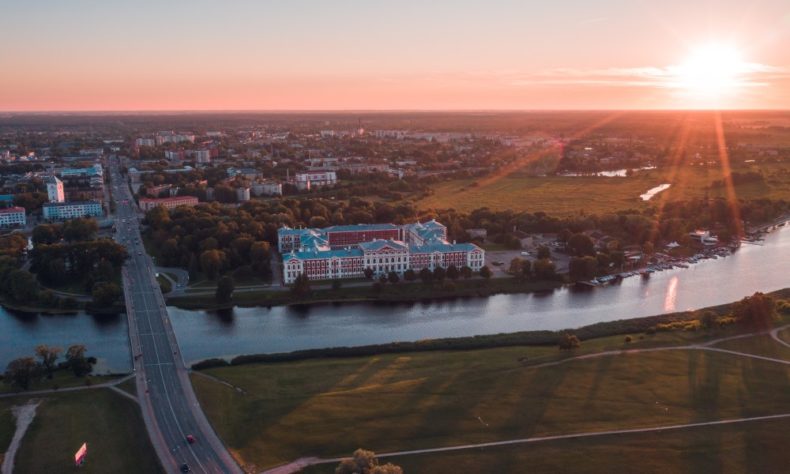
Nowadays, Jelgava is a unique blend of ancient and modern. Here, visitors can relax and explore the rich history and cultural life, and maybe even fall in love with the city.
Did you know?
For Latvians, November is a month of celebration and remembrance, with many events, including Independence Day (November 18), celebrated in this month. The history of Latvia tells us that, for five days during the War of Independence in 1919, Jelgava became the capital of Latvia after the government was moved from Riga to Jelgava. The city is also the hometown of Jānis Čakste, the first president of Latvia. Other Latvian presidents, including Gustavs Zemgals, Alberts Kviesis, and Kārlis Ulmanis, also had close links to the country’s southern region of Zemgale, where Jelgava is located.
Where to find history
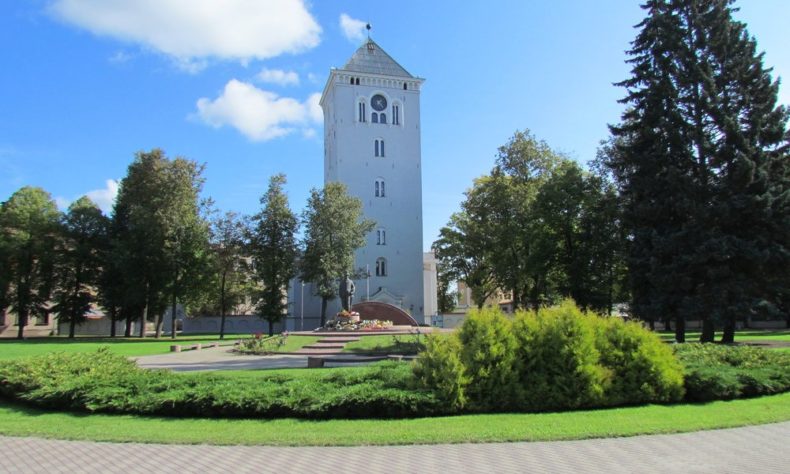
Photo from Visit Jelgava home page. Jelgava Holy Trinity Church Tower
Opposite the Jelgava Holy Trinity Church tower, one can find the monument commemorating Latvia’s first president, Jānis Čakste. The memorial was unveiled in November of 2003, precisely 81 years after Čakste was elected president of the country. The quote by Čakste on the monument states: ‘Latvia has grown out of the unanimity of the Latvian people. It has become strong through the unanimity of the people of Latvia, and it will flourish and prosper through unanimity.’
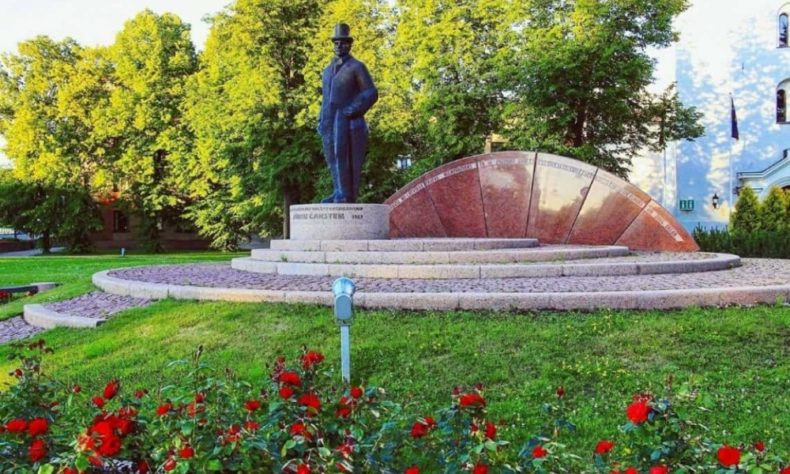
Photo from Visit Jelgava home page. Monument to Jānis Čakste
The Holy Trinity Church itself was once one of the first Lutheran churches in Europe built out of stone. It was constructed in 1574 by order of Duke Gotthard Kettler of Courland. Unfortunately, after being destroyed in 1944, the church was never restored. However, the church tower remained in place. Finally, many years later and following extensive reconstruction, the Jelgava Holy Trinity Church tower was reborn. Currently, the structure features interactive exhibitions and a panoramic view of Jelgava.
Where to hear legends
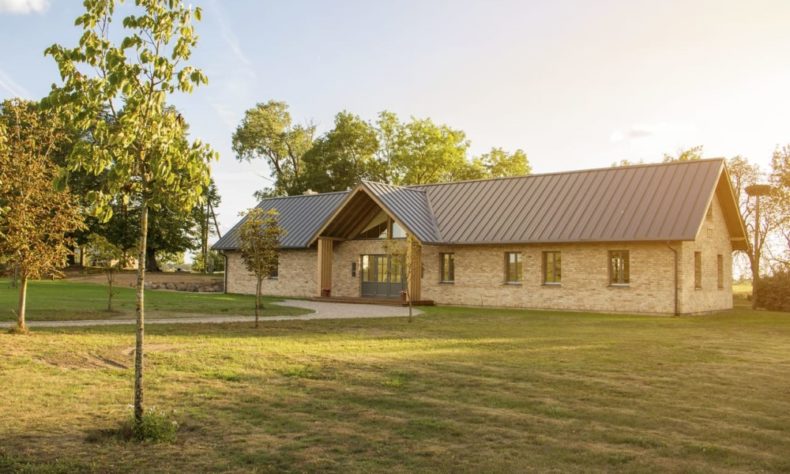
Photo from Visit Jelgava home page. House of Jānis Čakste
The house of Jānis Čakste, the first president of Latvia, is located on the banks of the Lielupe River in Salgale parish. It was built in the 1930s and has belonged to the Čakste family since, and regained in 1995. The modern exhibition in the renovated servants’ house tells the story of the first president of Latvia and his family. It also gives visitors an insight into Čakste’s personality and his vision of a free, independent, democratic Latvia.

Photo from Abgunste manor home page
Abgunste Manor in Zaļenieki parish was built around the 1780s on seven ancient sacred sites. It was burnt to the ground during the riots in 1905, and reconstruction was completed only in 1931, when a school was established in the building. Nowadays, the manor has turned into a place for all kinds of creative expression, from art, culture, and contemporary design to a variety of events and celebrations. Here one can also embark on a quest to solve puzzles and search for keys.
Must-visit site
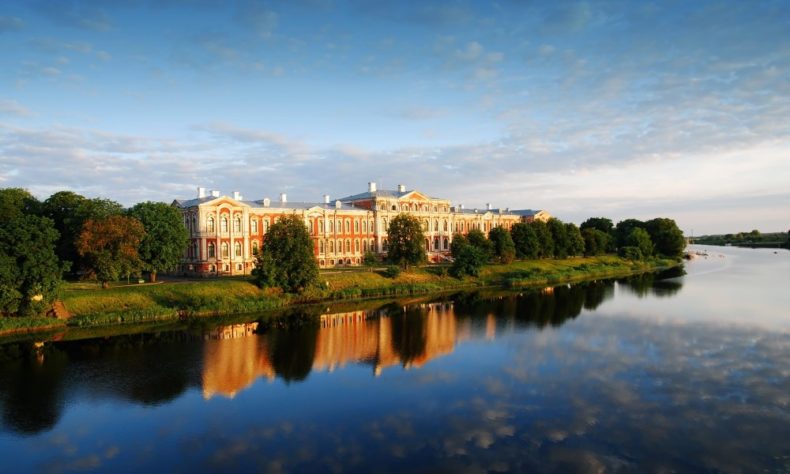
Jelgava Palace, a former residence of the dukes of Courland (Kurzeme) and Semigallia (Zemgale), now houses the Latvia University of Life Sciences and Technologies. Designed by famous Russian court architect Francesco Bartolomeo Rastrelli, it’s the largest Baroque-style palace in the Baltics. The museum exhibition traces the history of the former Livonian Order castle originally constructed in the 13th century and how the present palace was built on the same site. It also features stories about the palace and the burial vaults of the Dukes of Courland and Semigallia. These vaults are the most important burial places of their kind in Latvia and one of the few burial sites of dynasty rulers in the world that are open to the public.
What to do
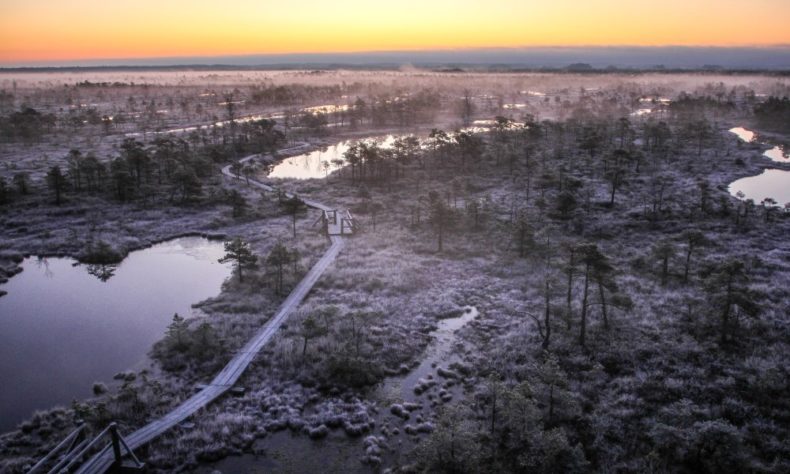
Photo Artis Veigurs
How about putting on some bogshoes and taking an exciting walk through a bog? Together with Purva bridējs, you can experience unseen places and enjoy a real taste of adventure. The Great Ķemeri Bog has routes of varying length and duration, ranging from two hours to a whole day. If you’re lucky, you’ll see cranes and woodpeckers or enjoy the bog bathed in fog at sunrise or sunset. To explore the bog in winter, you’ll have to wear snowshoes, which are attached to regular boots or ankle boots.

Photo from Visit Jelgava home page. The statue – fountain Student of Jelgava
If you prefer something calmer, follow the sculpture route. Even though Jelgava is famous for its ice and sand sculpture festivals, visitors can stroll along parts or all of this 15-kilometre route through the city at any time of year.
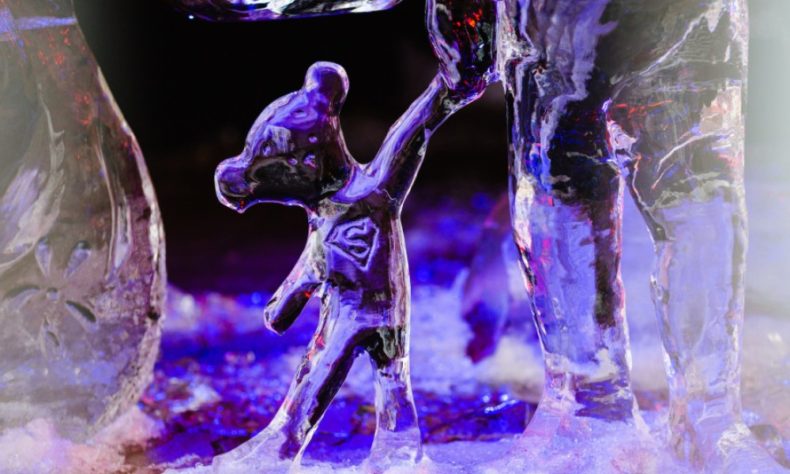
Photo from Festivali Jelgava home page. Ice sculpture festival
The route begins and ends at the Holy Trinity Church Tower and leads past the ‘Student of Jelgava’ fountain sculpture, the monument to Jānis Čakste, the memorial site for Latvian singer Nora Bumbiere, and many others. Remember that the umbrella handle of the ‘Student of Jelgava’ has magical powers – if you touch the handle, your wish will come true.
What to look for

Photo from Visit Jelgava home page. Mītavas zirgi
Duke Ernst Johann von Biron of Courland and Semigallia loved horses and riding, which explains why stables have been an integral part of Jelgava Palace for centuries. Nowadays, the city is also surrounded by many stables and horse farms. To enjoy some peace and tranquillity, head to Mītavas zirgi in Vircava parish, a horse farm in the forest close to Jelgava. Here, you can learn about horses and go horseback riding. Other nearby stables include Princis in Cena parish and Tīreļu stallis in Valgunde parish.
Where to enjoy nature
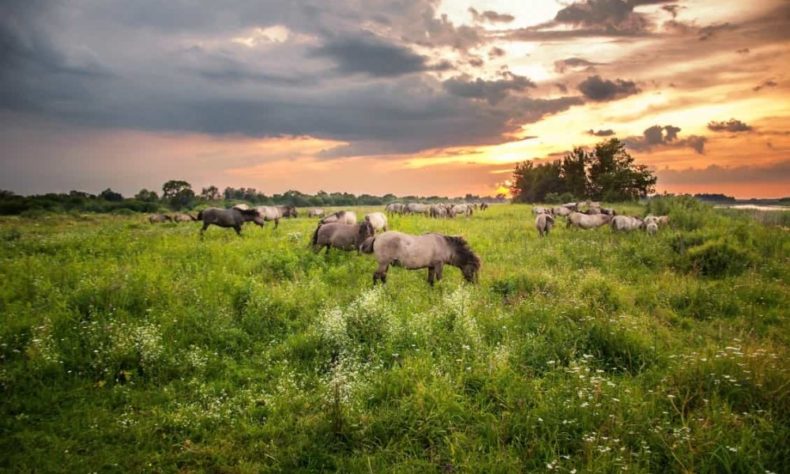
Photo from Visit Jelgava home page. Lielupe Floodland Meadows
Right behind Jelgava Palace stretches a floodland meadow that’s home to more than 80 wild horses. Due to the rare bird and plant species here, these and nearby meadows are part of a European specially protected nature territory. It’s a wonderful place for nature enthusiasts! The 3.2-kilometre Health Trail is great for a relaxing stroll, Nordic walking, or cycling. The trail starts at the foot of the observation tower and leads to the northern side of Palace Island.
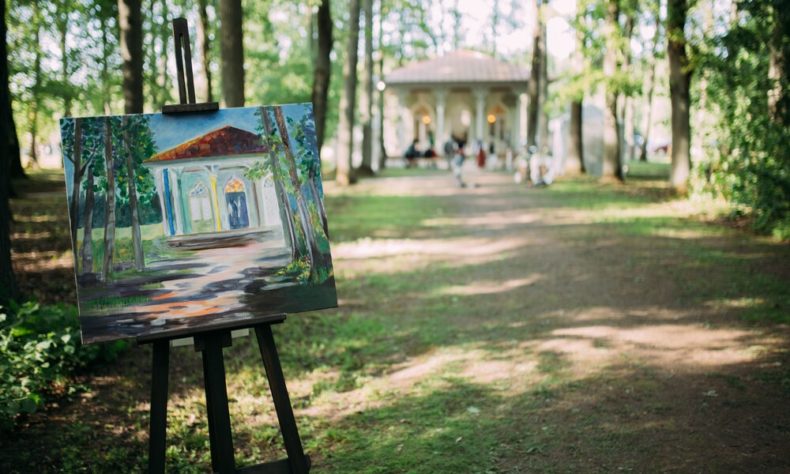
Photo from Visit Jelgava home page. Eleja Manor Park and Tea house
For those interested in a truly romantic stroll, the Eleja Manor complex is a must-visit place. It was built at the beginning of the 19th century in the Classicism style, but the buildings were destroyed in 1915, during the First World War. Now, the tea house, historical paths, and bridge have been reconstructed for visitors to enjoy a tea ceremony or a peaceful stroll around the manor park.
Where to find the best views

Photo from Visit Jelgava home page. Observation tower on the Palace Island
The wooden observation tower on Palace Island reaches a height of 19.2 metres, or six floors, and offers views of wild horses, birds, two rivers, and the city itself – all spread across the floodland meadows of the Lielupe River. The first level of the tower is also accessible to people with reduced mobility.
Where to find some adrenaline
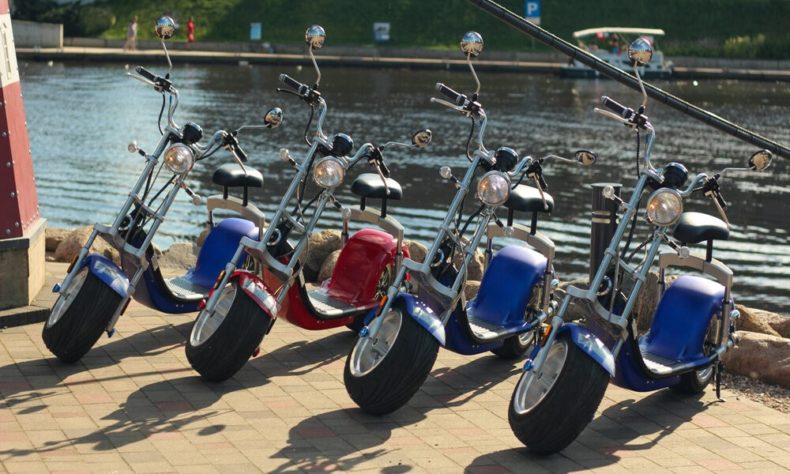
Photo from Visit Jelgava home page. Rental of electric mopeds and electric scooters Migo City
Migo City is a Jelgava business that rents electric mopeds and scooters. If you’re short on time, rent a moped to take a tour and see the most beautiful places in the city. To rent an electric moped, one must be at least 14 years old and have a valid bicycle licence, passport, or ID card. For the younger generation, Migo City offers radio-controlled electric cars, such as the Volvo XC90, Lexus LX570, and VW Arteon.

Photo from Laserdog home page
If you enjoy a bit of competition, Laserdog offers an impressive indoor laser paintball park located in a huge, old building. Lasertag is an exciting game for anyone who loves to spend their spare time actively with family and friends. The game involves electronic laser-shooting weapons and vibrating receivers attached to players’ heads.
Where to go with kids
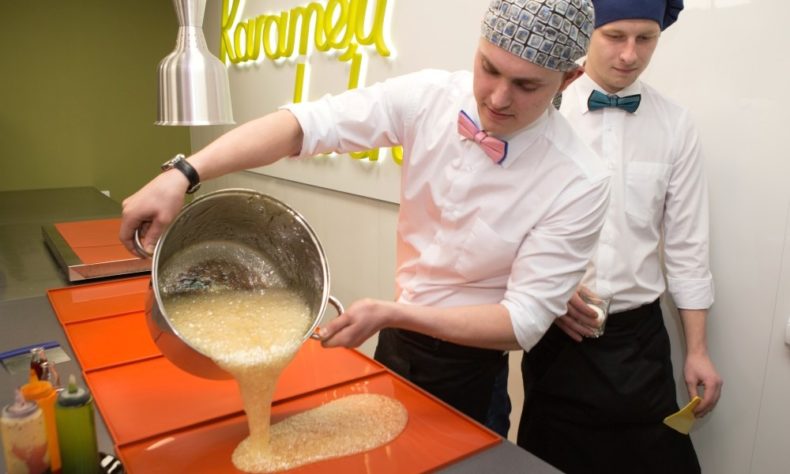
Photo from Visit Jelgava home page. Candy Workshop
The colourful Karameļu darbnīca candy workshop is the sweetest spot in Jelgava. What are you waiting for – it’s a genuine candy paradise! But make sure to book a tour in advance to sample the sweets, discover candy-making secrets, and create your own delicious candies.
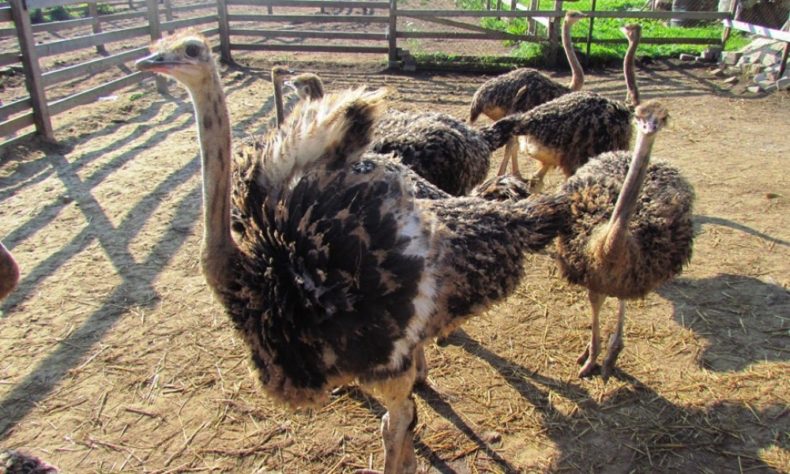
Photo from Visit Jelgava home page. Ostrich Farm Mazzariņi
If sweets are not your thing, maybe you’ll enjoy something fun and educational. The Mazzariņi ostrich farm in Glūda parish lets families with children get to know some African ostriches, emus from Australia, and also a few nandus from South America. The farm also sells items made of ostrich leather, such as wallets, purses, and belts, as well as design items made of ostrich eggshells and ostrich-feather jewellery.
Must-try food
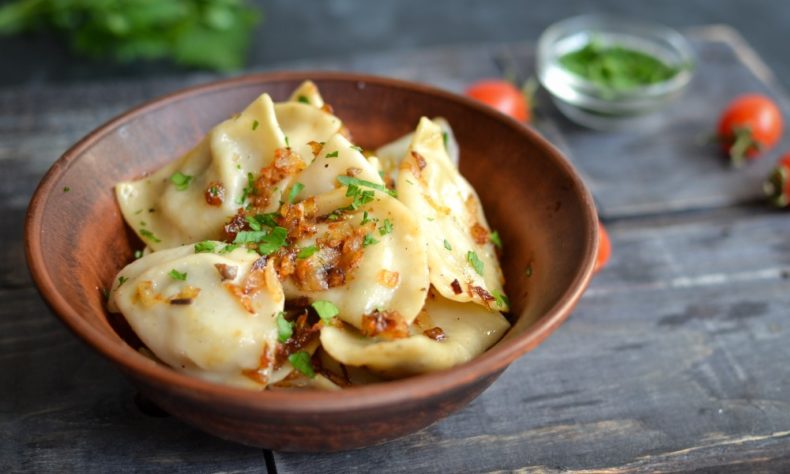
One of the old, traditional dishes of the Zemgale region is virteņi – delicious dumplings filled with cottage cheese, smoked pork, and herbs and served with sour cream.
Where to try the best cakes
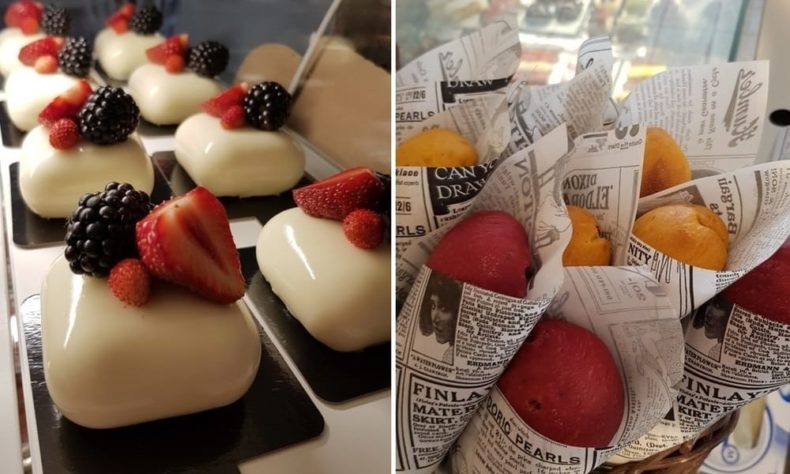
Photo from Visit Jelgava. Pastry Studio – Tarte
The Tarte pastry studio is a small, cosy bakery where you can enjoy good coffee or freshly squeezed juice together with delicious cakes, tartes, and macarons. All of the pastries and desserts at Tarte are made using fresh, natural ingredients and do not contain any colourants.
Where to dine
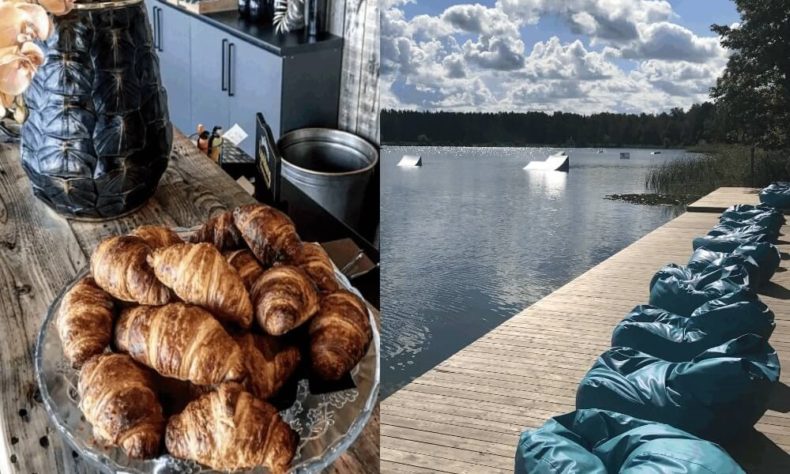
Photo from Visit Jelgava home page. Restaurant-grill bar – Masti Grill&Chill
Masti Grill & Chill is a modern, European-style restaurant-grill bar located on the shores of Ozolnieki Lake. When the weather gets warmer, you can enjoy your meal along with the joyful atmosphere at the wake park next door. Come to Masti for a business lunch, a romantic evening, or a casual family dinner. The restaurant offers dishes such as grilled meat, fish, and pizzas cooked on a unique charcoal grill. In addition, artwork by well-known Latvian artists is exhibited at the restaurant and is available for sale.
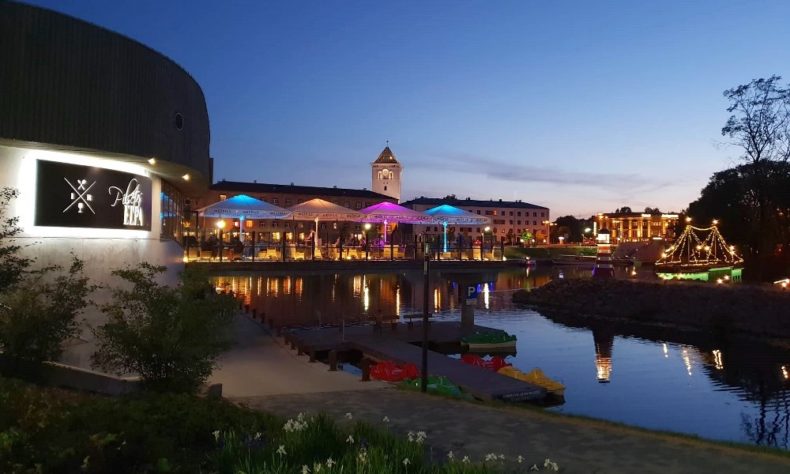
Photo from Visit Jelgava. Restaurant – Pilsētas Elpa
Another worthy stop for gourmets is Pilsētas Elpa, a restaurant located on Pasta Island. It stands out with a wide range of grilled dishes and a fine selection of wines. Enjoy spectacular views of the city in the colder seasons, or sit on the riverside terrace when the warmer weather hits.
Where to stay
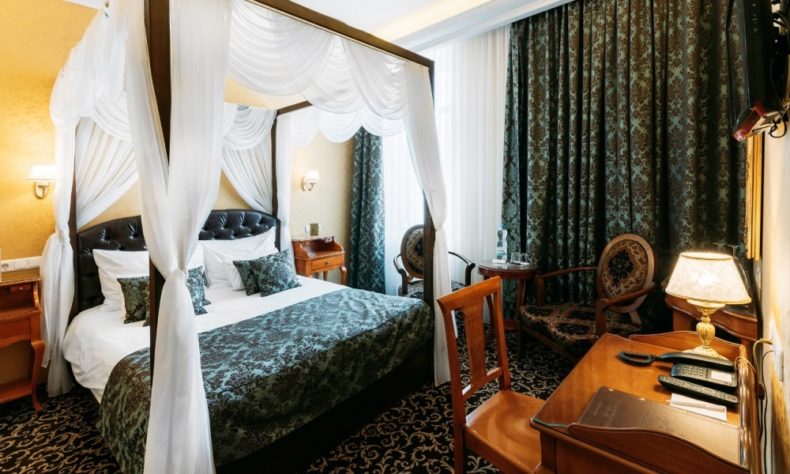
Photo from Visit Jelgava. Hotel Jelgava
Hotel Jelgava is located in the very centre of the city, next to Jelgava Palace. The hotel was constructed in 1940 and now enjoys the status of being a Latvian national cultural monument. The royal interior and design elements delight visitors with extra-special touches at every turn. Forty-one rooms cater to all tastes, from suites and apartments with kitchenettes to unique rooms with views of Jelgava Palace.

Photo from Visit Jelgava home page. Berķene Manor
If you’re looking for aristocratic accommodation, head to Berķene Manor. Located in Vilce parish, it’s one of the oldest small-sized manors in the Zemgale region. It’s situated in a picturesque location on the banks of the Svēte River between Tērvete and Eleja. It’s also the only manor in Latvia offering long-term rentals, giving guests the opportunity to really enjoy living in an authentic manor house.
Read more about Jelgava at visit.jelgava.lv